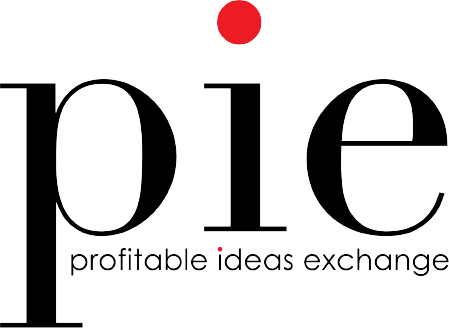It is more than likely that the city you live in now will soon face consequences that arise with the influx of people flocking to find better housing, jobs, schools, healthcare, and more. Some of these consequences include not only strains on power grids and infrastructures, but also a more visible strain on our environment. These observations are supported by the recently released climate report by the U.N. Intergovernmental Panel on Climate Change (check out the synopsis at Sciencemag.org). This rapid growth is raising some very big questions with regards to the longevity of our planet, and more specifically, who should take the first steps towards leading the way in creating a sustainable environment?
The road will be long, but the journey starts with businesses. From small brick-and-mortar shops to Fortune 100 corporations, all businesses have a civic duty to create a sustainable future for our cities and communities. John Macomber of the Harvard Business Review put it best when he wrote, “many corporations and investors assume that fixing cities is the purview of government, and that government will act. But governments around the world are stuck—financially, politically, or both. Business is uniquely positioned to shape the sustainable, economically competitive cities of the future.” When businesses are responsible for establishing the precedent, it will be easier for them to support the unique sustainable journeys of the communities in which they operate.
So how can businesses begin working towards sustainable goals? While the hope is to drive large, transformational change, smaller-scale change initiatives will help drive momentum and realistic improvement that can evolve with time.
Small-to-medium-scale action items for business include:
- Creating a green mission statement. Bill Zujewski from the Green Business Bureau stated why this seemingly small step is so vital to success, “A green mission statement becomes the foundation of a company’s sustainability efforts. It provides the organization and its stakeholders with an understanding of what’s most important and what your company can do to protect the natural world and be more socially responsible.” When making decisions, your mission statement will be what you lean on as your ‘Why’.
- Working remotely when possible. As Profitable Idea Exchange’s CEO, Tom McMakin, discussed in “The New Travel Rules for Business Development in a Hybrid World”, there will be times when travel is simply not necessary. He does a fantastic job outlining some situational travel guidelines for those who are still unsure about how to minimize travel in their company.
- Choosing a greener supply chain. This can be less of a small-scale item depending on the size of your organization; however, it is an important piece of the puzzle, and it can be hard to know where to start. Some questions to consider when investigating who you will work with: are they paying living wages, are they working towards achieving a circular economy, do they have their own sustainability goals?
Another big question to ask is what challenges can we expect to see along the way? Businesses vary in both industry and size, but many will face the same types of challenges.
Potential challenges and solutions include:
- Decision paralysis. It’s easy to get caught in the details while undergoing rigorous organizational change. Research from MIT decisively shows that sustainable companies learn best by taking note of external progression from leaders. For small companies, partnering with a local green consultant will help aid in making responsible decisions. For large corporations, partnering with organizations who are farther along in their sustainable development will likely present opportunities to utilize an existing roadmap while learning from other’s mistakes.
- Company integration. It’s critical to have upper leadership in support of achieving sustainable goals, but it will be useless without ambassadors championing best practices across all levels of the organization. C. B. Bhattacharya, a professor of sustainability and ethics at the Katz Graduate School of Business at the University of Pittsburgh, discusses many relevant points supporting company integration in the article titled “Sustaining Sustainability: How Small actions Make a Big Difference”. Businesses must create buy-in regardless of the title and role within an organization, until sustainability becomes a mindset driving decision-making across the organization. This approach is applicable to all businesses of any size and speaks to the importance of empowerment for driving change.
- Developing metrics. Metrics are a driving force behind working towards sustainable development. Using the Triple Bottom Line is a great starting point for identifying what metrics are important to collect. If you are farther along in your social responsibility goals, then it might be time to consider applying to be a B-Corp. The B Impact Assessment by B Lab is a fantastic tool to guide an organization’s larger, more impactful goals. These metrics, when tracked over time, will show changes in behavior and trends as to how efforts are making an impact and where there is room for expansion or improvement. Trackable and presentable results will enable leaders to continue to support sustainability efforts and progress.
According to Bhattacharya “The cost of inaction is higher than the cost of action. Being a bystander is not an option anymore. You’ve got to lean in and be an owner.” If society wants to see communities achieve long-term, sustainable development, businesses must take ownership of driving change and setting the precedent for employees and individuals to follow.
